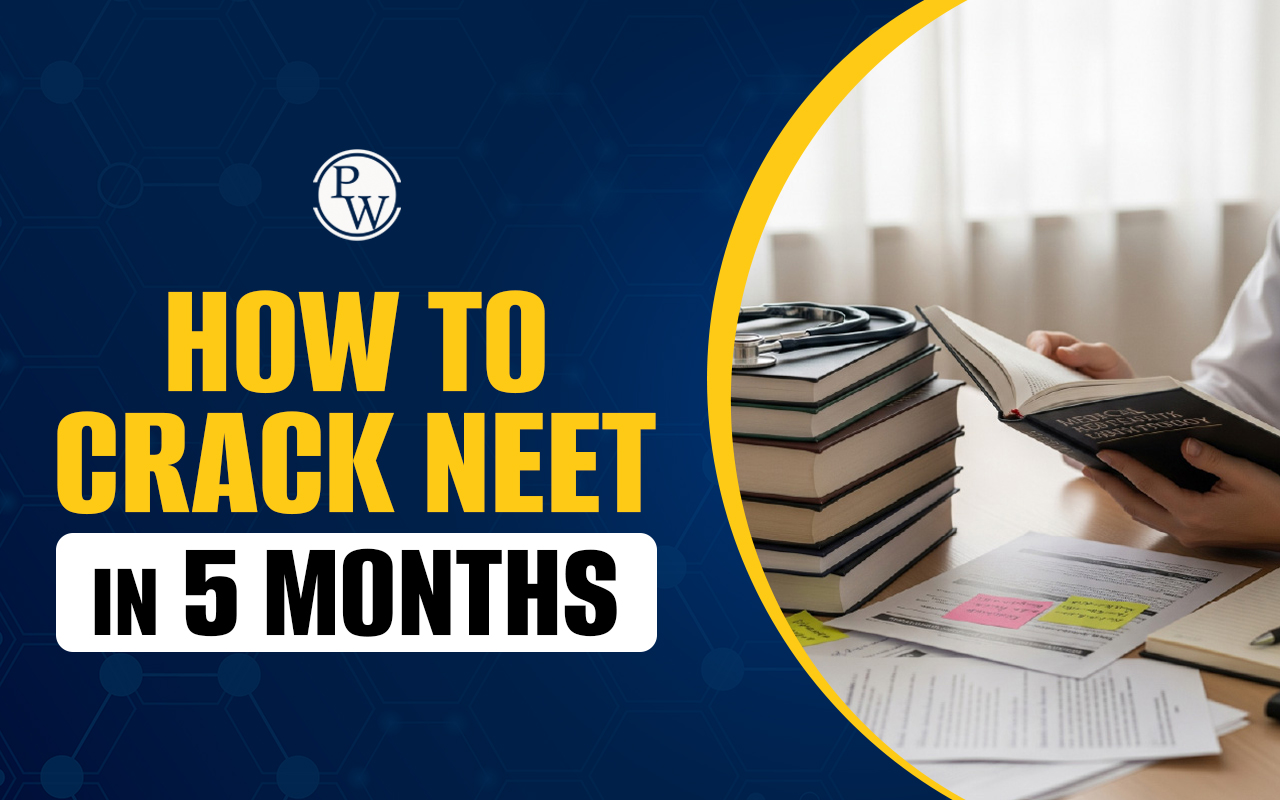
PID full form: The full form of PID is Pelvic Inflammatory disease . Pelvic Inflammatory Disease (PID) is an infection of a woman's reproductive organs. It's typically caused by bacteria entering the uterus from the vagina or cervix.
PID Full Form Introduction
Pelvic Inflammatory Disease, commonly abbreviated as PID, is a significant health concern for many women worldwide. It's a term that often surfaces in discussions about reproductive health, but what exactly is PID? How does it affect women, and what can be done about it? This article aims to shed light on the PID Full Form and provide a comprehensive understanding of this medical condition.
PID Full Form In English
PID stands for Pelvic Inflammatory Disease. It's a medical condition that affects the female reproductive organs, primarily resulting from a bacterial infection. PID can lead to severe complications if not treated promptly, including infertility and chronic pelvic pain.
PID Full Form In Hindi
In Hindi, PID, or Pelvic Inflammatory Disease, is referred to as "पेल्विक प्रदाहक रोग" (Pelvic Pradahak Rog). It's a significant health concern for many women, especially those of reproductive age, emphasizing the importance of awareness and timely medical intervention.
PID Full Form In Medical
In the medical community, PID denotes Pelvic Inflammatory Disease. It's an infection of the female upper reproductive tract, including the uterus, fallopian tubes, and ovaries. Often caused by sexually transmitted bacteria, PID can lead to serious reproductive health complications if left untreated.
Understanding Pelvic Inflammatory Disease
Pelvic Inflammatory Disease is a consequence of untreated bacterial infections, most commonly sexually transmitted infections like chlamydia and gonorrhea. The bacteria travel from the vagina to the upper reproductive organs, leading to inflammation and potential complications.
Symptoms and Diagnosis of PID
While some women with PID might not exhibit noticeable symptoms, common signs include pelvic pain, fever, unusual vaginal discharge, and pain during intercourse. Diagnosing PID involves a combination of physical examinations, lab tests, and sometimes imaging tests.
Complications Arising from PID
Untreated PID can lead to various complications:
- Infertility: PID can damage and scar the fallopian tubes, making it difficult for an egg to be fertilized or travel to the uterus.
- Ectopic Pregnancy: Scarring from PID can prevent a fertilized egg from entering the uterus, leading it to develop in the fallopian tube, a life-threatening condition.
- Chronic Pelvic Pain: PID can lead to long-term pelvic pain that can last for months or even years.
- Tubo-ovarian Abscess: PID might cause an abscess, a pus-filled pocket, to form in the reproductive tract.
Types of PID
Pelvic Inflammatory Disease (PID) can manifest in various forms, depending on the affected reproductive organs and the severity of the infection:
- Endometritis: This type involves the inflammation of the endometrium, the lining of the uterus.
- Salpingitis: The most common form of PID, it affects the fallopian tubes. It can be further classified into acute salpingitis (rapid onset) and chronic salpingitis (long-term).
- Tubo-ovarian Abscess: This is a more severe form where pus accumulates in the fallopian tubes and ovaries.
- Pelvic Peritonitis: This occurs when the inflammation spreads to the pelvic peritoneum, the lining of the upper abdomen.
Diagnosis of PID
Accurate diagnosis of PID is crucial for effective treatment. The process includes:
- Medical History: Understanding symptoms and sexual history.
- Physical Examination: A pelvic exam to check for tenderness or discharge.
- Laboratory Tests: Samples of vaginal or cervical secretions to check for bacteria.
- Imaging Tests: Ultrasound or other imaging methods to view the pelvic organs.
- Laparoscopy: In some cases, a thin instrument is inserted through a small incision to view the pelvic organs directly
Treatment of PID
The primary treatment for PID is antibiotics, tailored to the specific type of bacteria causing the infection:
- Antibiotic Therapy: A combination of antibiotics is often prescribed to treat the potential mix of bacteria. It's crucial to complete the entire course, even if symptoms improve.
- Hospitalization: Severe cases, especially those with a tubo-ovarian abscess, might require hospitalization.
- Surgery: In rare instances, when abscesses don't respond to treatment or there's a risk of rupture, surgery might be necessary to drain them.
Prevention of PID
Preventing PID is largely centered on safe sexual practices and awareness:
- Safe Sex: Using barrier methods like condoms consistently and correctly can significantly reduce the risk of STIs, which are a primary cause of PID.
- Regular Screenings: Regular STI screenings, especially for sexually active women under 25 or those with new or multiple sex partners.
- Communication: Discuss potential STIs with partners and ensure they're tested.
- Avoid Douching: Douching can upset the balance of bacteria in the vagina and push harmful bacteria into the uterus, increasing the risk of PID.
Conclusion
Pelvic Inflammatory Disease is a condition that can have lasting impacts on a woman's reproductive health. Awareness, early diagnosis, and prompt treatment are essential. Moreover, preventive measures, including safe sexual practices, can go a long way in reducing the risk of PID and its complications.
Check NEET Exam Important Links
| NEET Exam Important Links | |
| NEET Syllabus | NEET Sample Paper |
| NEET Notes | NEET Previous Year Question papers |
PID Full Form FAQs
Q1. What are 6 symptoms of PID?
Q2. What are 3 causes of PID?
Q3. What is the cause of PID?
Q4. What is PID and cure?
Q5. What is the main treatment for PID?
Q6. How can I reduce my PID naturally?










